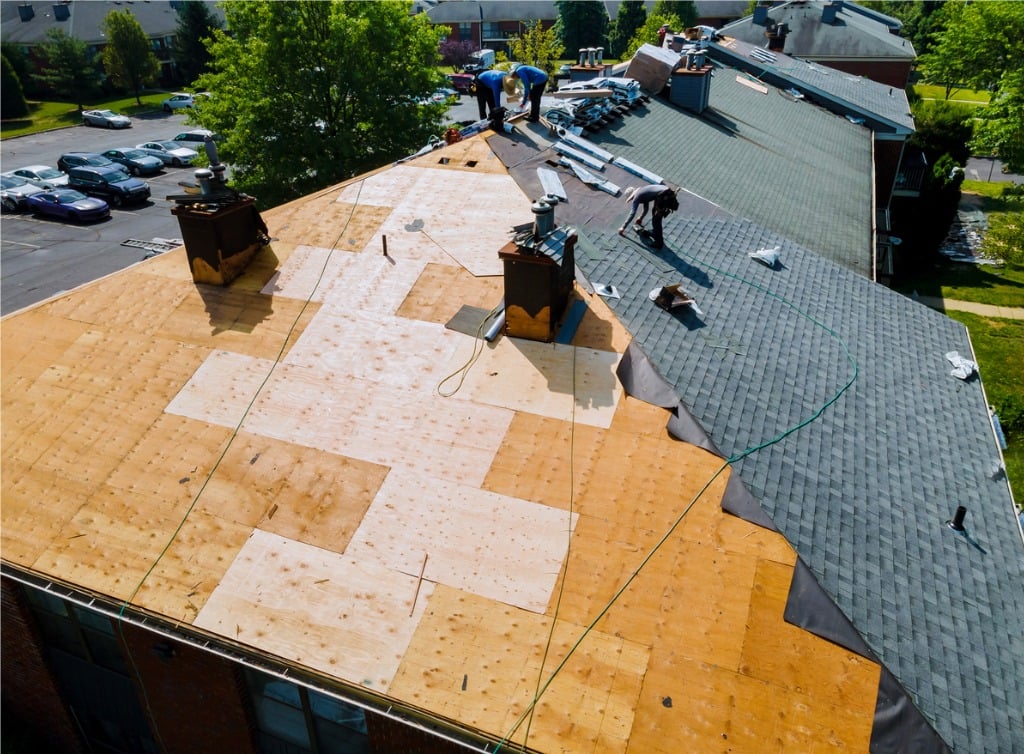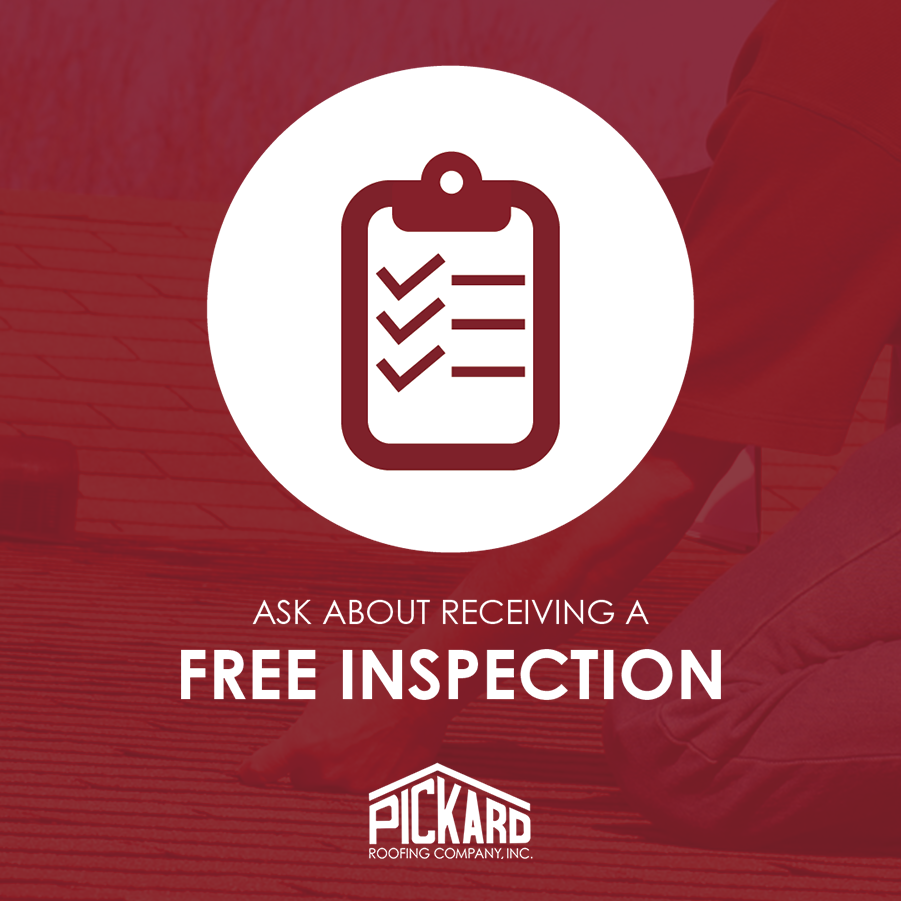When it comes to your roof, no aspect is more important than its decking. Roof decking provides a secure foundation for other critical elements of the roof structure such as shingles and insulation, while also helping to stabilize the beams and trusses that support your home.
But it’s not enough to just have good quality materials in your deck - if you want a reliable and effective protective shield against rain, snow, hail, or wind damage then staying on top of regular maintenance will be essential.
So how often should you replace your roof decking - let's dive deep into this question together.
What Is Roof Decking?
Roof decking, also known as structural roof sheathing, is an essential component of a sound roof structure.
Installed directly over the roof rafters, it provides strength and stability while also amplifying the performance of other roof components such as insulation and waterproofing materials.
Made out of various materials including plywood, OSB board, and wood planks, roof decking comes in different thicknesses designed to withstand different weather conditions.
It's important to select the right grade of decking based on your particular climate, as well as to ensure proper installation for maximum protection against moisture and other external elements. Overall, roof decking plays an important role in creating a long-lasting and safe environment for occupants below.
Plywood vs OSB Decking
Most deck-building projects require a choice between plywood and oriented strand board (OSB) for the underlying structure.
While plywood is more cost-effective, OSB offers a stronger and more stable solution that will be less susceptible to warping or cracking over time. Plywood can be easier to find, but if you're hoping for a longer-lasting deck, then the extra investment in OSB will pay off in the long run.
How Long Does Roof Decking Last?
When it comes to the longevity of your roof deck, a good general rule of thumb is that you should replace it every 20 to 30 years. But this varies depending on its condition and the type of materials used in its construction.
Regular inspections by a professional roofer can help you prioritize maintenance and assess when a replacement may be necessary.
They can also spot any existing damage or further recommend repairs before larger issues arise. Ultimately, regular inspections can extend the life expectancy of your roof deck and keep the safety of your home secure.
Signs Your Roof Deck is Ready to Be Replaced
Still unsure if it's time for a new roof deck? These are the tell-tale signs that you should start searching:
- Cracked or deteriorating plywood and OSB boards are present.
- Noticeably sagging or soft spots are visible on the roof deck.
- Obvious watermarks can be seen on the roof's support structure.
- Mold or mildew is visible on the roof decking.
- Roof nails are popping up through the decking
Conclusion
The lifetime of a roof deck varies depending on its condition and the type of materials used in construction – but replacing it every 20-30 years is typically recommended.
Regular inspections by a professional roofer are also necessary to ensure that your roof deck is in optimal condition and spot any existing damage or issues before larger problems arise.
At Pickard Roofing, we think Design. Craft. Renew. We are experienced in all types of roofing systems- and provide the right roofing design and selective craftsmanship for renewing our customer’s assets. We invite sustainable building customers to give us a call for your free evaluation. For over 90 years Pickard Roofing Company has installed countless metal, tile, slate, TPO, EPDM, and all types of shingle roofing in the Triangle. Our services include residential, commercial, custom architectural metal fabrication, and historical renovation.







